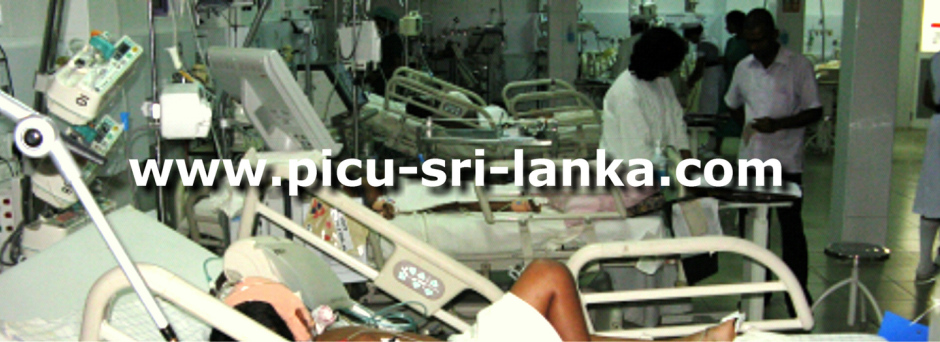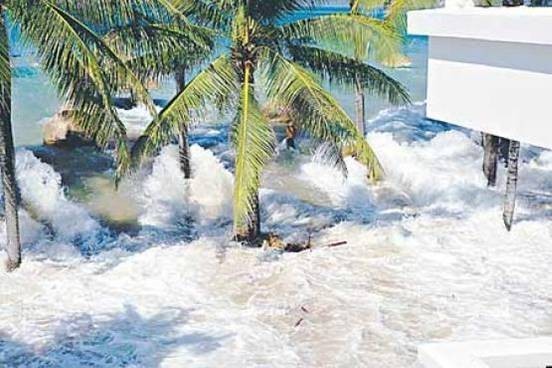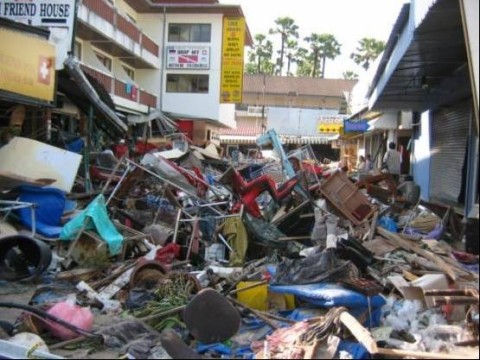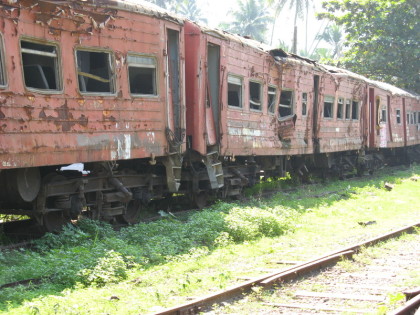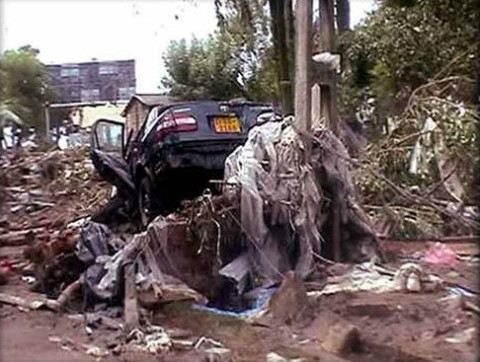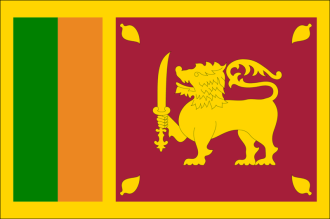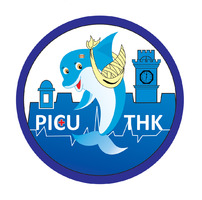More about the Tsunami 2004
Tsunami on December 26, 2004
Caused by a sea-quake in the Indic Ocean (3° 33’ north, 95° 8’ east) just west of Sumatra island, with a magnitude of 9,3 on the Richter scale – the third strongest quake ever registered – and one of the strongest tsunamis in history killed at least 231.000 people in 8 Asian countries. The waves moved some thousands of miles west towards East- and Southeast Africa; even there numerous victims. For fear of epidemic, bodies of the dead were placed in mass unmarked graves. Some of the dead were victims of events indirectly related to the Tsunami such as polluted drinking water.
Victims in Neighbouring Countries
|
Country
|
Deaths (confirmed) |
Deaths (estimated) |
Injured |
Missing |
Homeless |
|
131.029 |
168.029 |
76.712 |
~37.000 |
514.150 |
|
|
31.229–38.940 |
35.322–38.940 |
23.189 |
4.093 |
516.150 |
|
|
12.407 |
16.281 |
k.A. |
3.874 |
647.599 |
|
|
5.395 |
7.876 |
8.457 |
2.481 |
8.500 |
|
|
298 |
298 |
k.p |
k.p |
4.000 |
|
|
61 |
90 |
43 |
— |
2.592 |
|
|
82 |
108 |
1.113 |
26 |
11.568 |
|
|
69 |
74 |
767 |
5 |
4.296 |
|
|
10 |
10 |
— |
— |
— |
|
|
3 |
3 |
— |
— |
— |
|
|
2 |
2 |
— |
— |
— |
|
|
1 |
1 |
— |
— |
— |
Remarks:
The table is dated Sept. 30, 2005; involved were only inhabitants from countries which were directly hit by the tsunami, e.g. tourists are not involved
Sri Lanka was one of the countries which were hit extremely hard by the waves – mainly its east and south coast: Jaffna (2.900 victims), Vavuniya (109), Gampaha (7), Colombo (65), Kalutara (170), Trincomalee (947), Matara (1.061), Battacaloa (2.254), Mullaitivu (2.000), Hambantota (4.500), Galle (3941), Ampara (10.436), Kilinochchi (560).
In addition the Tsunami caused one of the worst train accidents in history. More than 1.500 people died at an accident in Peraliya just 25 km north of Galle, when the waves hit the train.
A special problem occurred when a threatening number of anti personnel mines were washed from the sand. 2 millions of them had been once buried during the civil war with the Tamils. And now, flooded to the surface, they became a potential risk even in mine-free areas.
Direct Impact of the Tsunami to the people:
Drowning:Due to the strong currents of the flood waves (later calculated as 25 m high) people were swept against walls, trees and buildings and then drawn back into the open sea, and not to forget - most Sri Lankan are unable to swim. Karapitiya’s gynaecology, the mother and baby part of the hospital was so close to the beach that it was easily washed away together with many babies in their incubators.
Hypothermia: The local sea temperature of 25°-27°C is colder than the body temperature. This caused muck sickness and death
Cuts, gashes, bruises, and internal bleeding were common with people swept away and hit by objects.
Many were also buried in collapsed buildings resulting from the water pressure
Sepsis: This dangerous infection which results from severe adverse hygienic circumstances also led to much illness and death.
Indirect consequences:
Hunger and thirst: The destroyed infrastructure had an adverse effect on the supply of food and water.
Poverty: Wide spread destruction left people without basics for life and chances to earn money. After the Tsunami people were in a state of shock. Even those who had escaped the flood mentally suffered.
Agriculture: Temporary and even long lasting problems with soil fertility were caused by the sea water mixing with the soil.
Economy:Money which was badly needed to develop the Sri Lanka economy is now being used to clean up the vast destruction caused by the Tsunami.
There was a time lag between the quake and waves running up the coast line. In the case of Sri Lanka it was more than two hours. These so called echo waves were reflected from the Indian coast line and many hours later hit the west and north of the country causing even further damages and killing more people.
Time lag (in hours)
